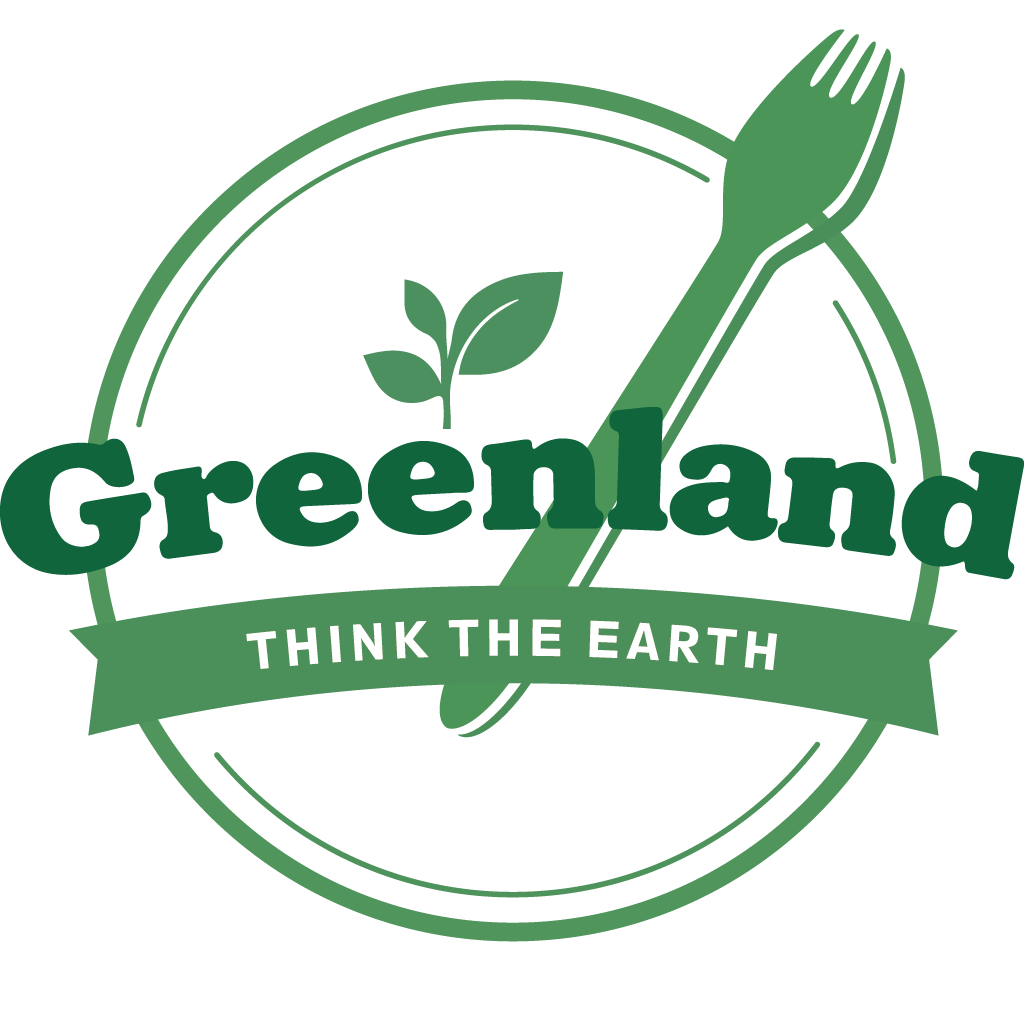What are the differences between PE-coated and PLA-coated products?
There is much confusion between PE-coated and PLA-coated products. Coatings are commonly used in paper cups because paper cups need to be waterproof, otherwise they would not be able to hold liquid into them.
PE was invented to replace wax that was previously used. PE coating strengthens cups and make them waterproof, without diverting the taste as the wax lining did. PE or PLA coating only makes up less than 5% of the weight of the total cup. However, depending on which coating is used implies a different disposable process.
What is PE-coating?
PE means polyethylene, a type of plastic most commonly used around the globe for plastic bags, containers and packaging. It is the inner coating used inside paper cups to make them strong and waterproof.
This coating is petroleum-based, taking a long time to break down. PE-lined cups can be recycled, however, need to be recycled at specific centers and separated from other recyclables. This is why some big chain coffee stores offer their own in-house recycling cup schemes.
What is PLA-coating?
Polylactic acid or PLA is made from plant-based materials such as sugar cane or corn starch. It is commonly known as bioplastic because the material is a renewable.

PLA is entirely biodegradable and can be composted, generating more sustainable and environmentally friendly products. PLA coating packaging breaks down naturally when it is exposed to sustained heat and does not leave any toxins behind after breaking down.
PLA was invented back in the 1920s, however, was expensive to be used commercially. So, it was not used commonly. However, in 1989 it was found that PLA could be produced from cornstarch, meaning environmentally friendly bioplastic was now affordable and cost-effective.
Which is better for the environment, PE vs PLA coating?
From an environmental point of view, PE coating means that the paper cups must be recycled at a specialist facility. They also need to be sorted from other recycling which often is not completed. The PE coating also means that the paper cup takes longer to biodegrade.
PLA is clear the winner when it comes to sustainability. This is because they can go straight into the compost bin at an industrial facility and be returned to nature. It is important for the consumers to understand that the PLA coating needs to be composted at over 60C or above.
This is often only achievable by commercial composting facilities. In terms of manufacturing, PLA can be made using the same equipment as other plastics, for cost-effective production.

Does PLA function as well as PE coating?
PLA is made from plant-based materials. There is often a misconception that it does not perform as well as the petroleum-based PE coating. This is incorrect—PLA is capable of handling everything that PE can handle. Its heat resistance is just as strong as that of PE. It will not get dissolved with hot drinks. It is broken down by microbes over time in industrial composting facilities when it is composted. This is why it stays structurally intact when used for beverages.
Is PE or PLA coating more popular?
Currently, there is still a greater demand for PE coating. At Greenland, we are trying to change the opinions of our customers and make them aware of the fantastic benefits of PLA. We believe that consumers and brands often do not understand the difference between the two linings. As PLA is a newer invention, education is required to inform the world of the benefits of PLA coating in paper cups.

